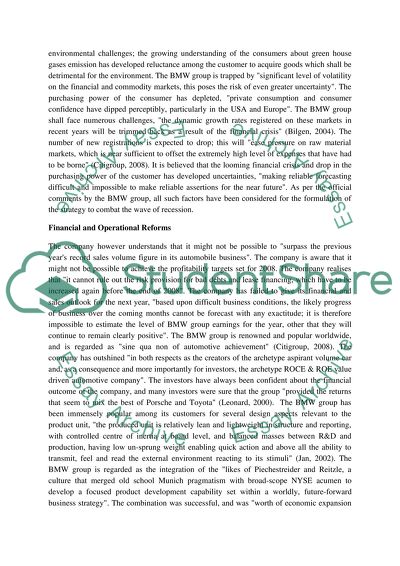Cite this document
(“BMW Group Case Study Example | Topics and Well Written Essays - 1750 words”, n.d.)
BMW Group Case Study Example | Topics and Well Written Essays - 1750 words. Retrieved from https://studentshare.org/miscellaneous/1516208-bmw-group
BMW Group Case Study Example | Topics and Well Written Essays - 1750 words. Retrieved from https://studentshare.org/miscellaneous/1516208-bmw-group
(BMW Group Case Study Example | Topics and Well Written Essays - 1750 Words)
BMW Group Case Study Example | Topics and Well Written Essays - 1750 Words. https://studentshare.org/miscellaneous/1516208-bmw-group.
BMW Group Case Study Example | Topics and Well Written Essays - 1750 Words. https://studentshare.org/miscellaneous/1516208-bmw-group.
“BMW Group Case Study Example | Topics and Well Written Essays - 1750 Words”, n.d. https://studentshare.org/miscellaneous/1516208-bmw-group.


